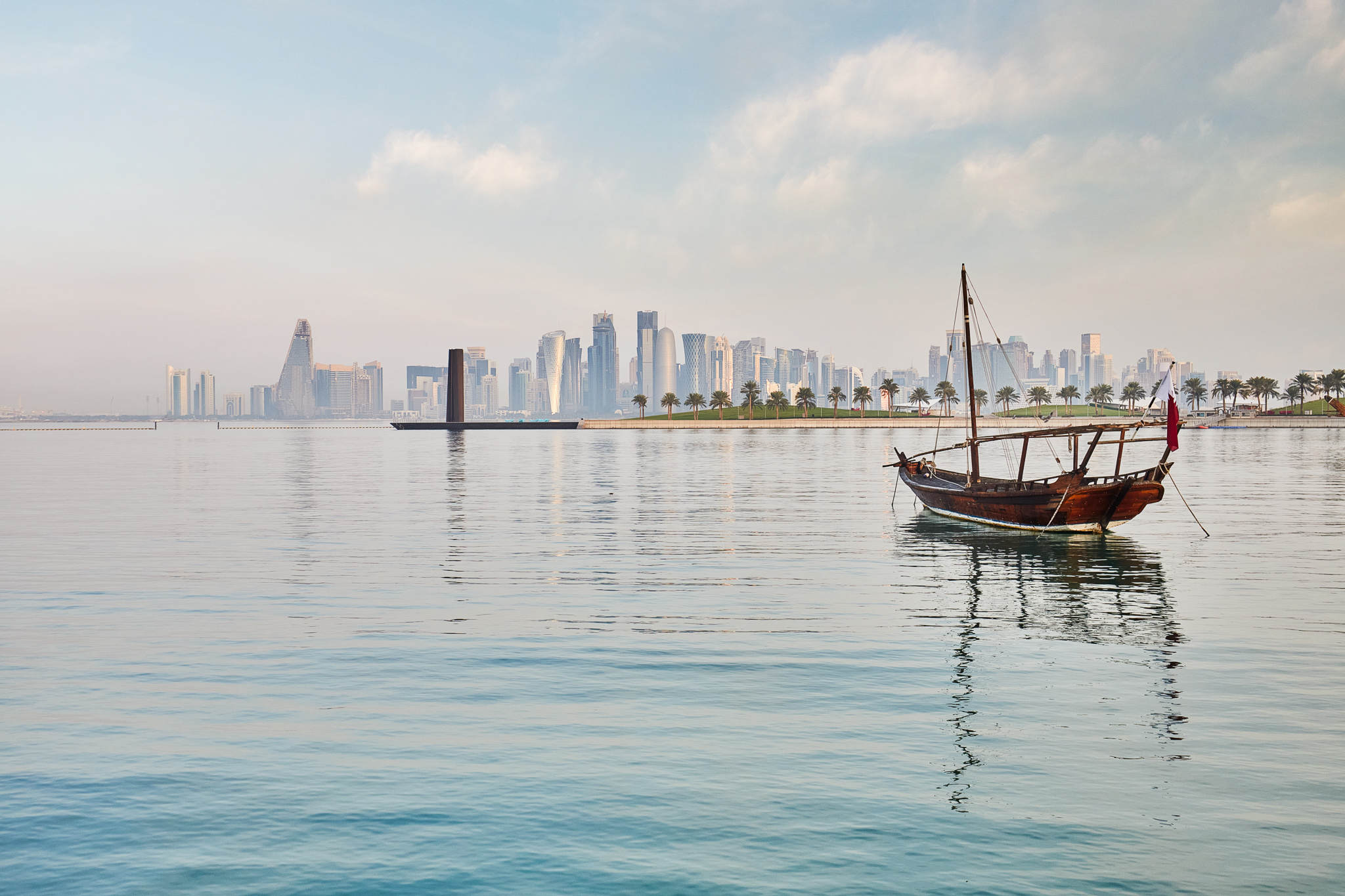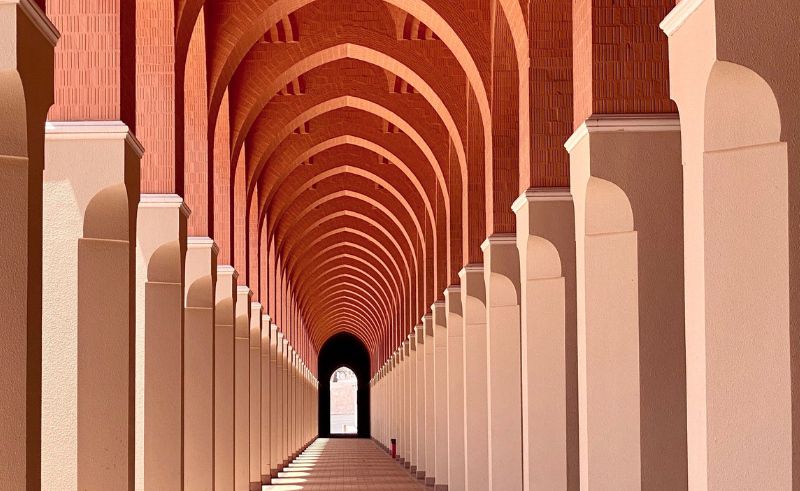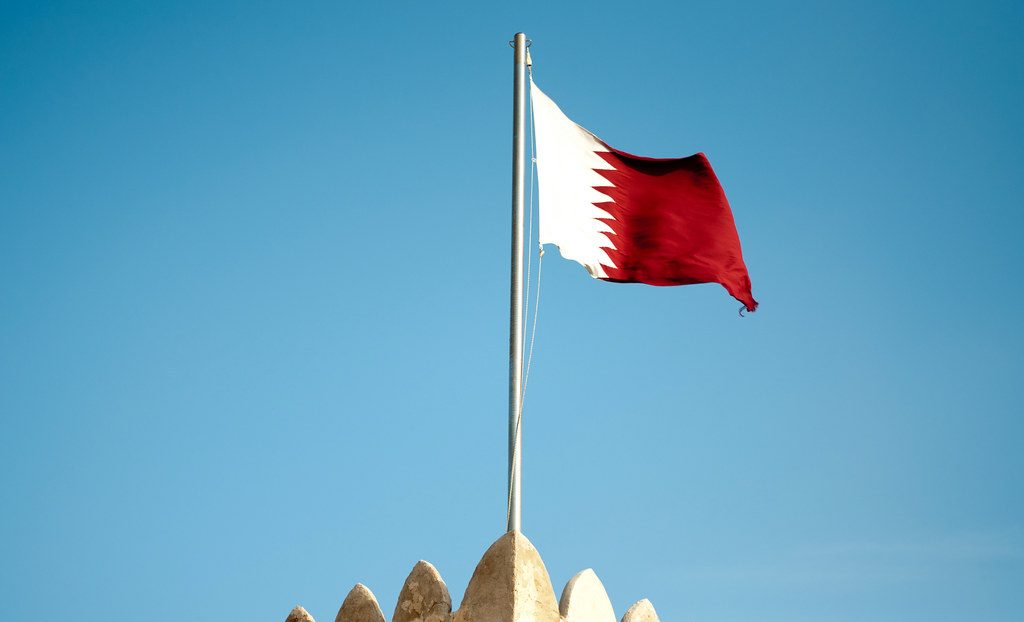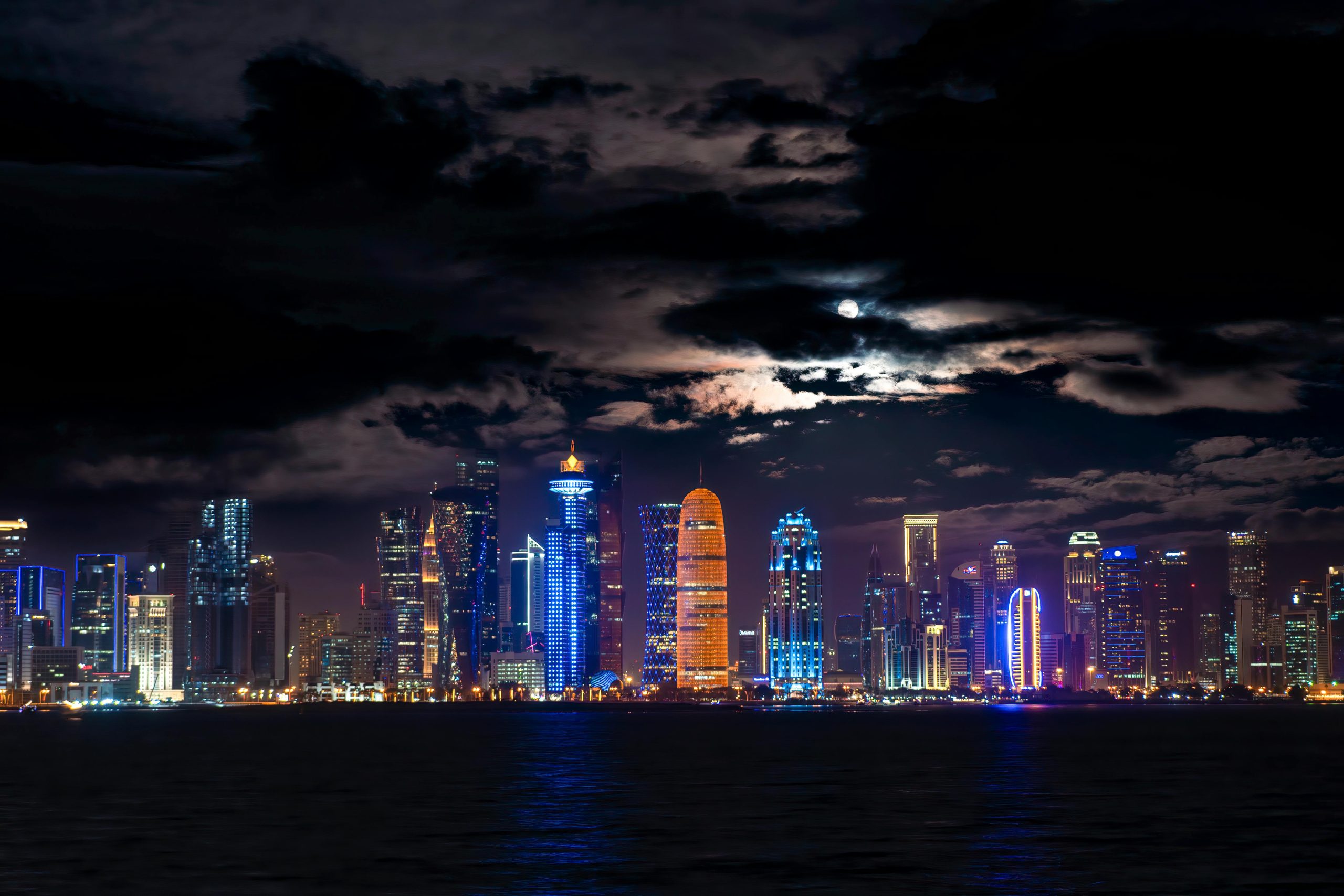
Wednesday’s rainstorm brought several areas of Qatar to a standstill, flooding some streets and rendering many roads impassable.
As life returns to normal, three public policy experts at the Social and Economic Survey Research Institute (SESRI) at Qatar University suggest that the country stop treating rain as an enemy and instead make use of it as its Bedouin ancestors once did.
Wednesday – like every day that rain comes to Doha – the same questions resurfaced:

Isn’t there a stormwater collection network?
Why, after just a few hours of rain, do the tunnels and streets flood in a country that brags about world-class infrastructure?
Doesn’t Qatar deserve the best?
In many cases, these sentiments stem from a broader concern about the state of the country’s infrastructure.
SESRI has been asking residents, “What is the single most important issue facing Qatar today?” since 2010.
Almost every year, “infrastructure” continues to be the single most important issue for both Qatari citizens and expatriates.
And the proportion citing infrastructure as the most important issue has increased substantially, from 22 percent in 2010 to 35 percent in 2014 among Qataris and from 26 percent to 36 percent among expatriates.
For most of the year, those feelings reflect frustration with traffic jams, road conditions and the constant construction around the country. But on the handful of days that it rains, it is generally flooding that concerns Qatar residents.

That said, the most cost-efficient solution is not to create a very expensive rainwater network all over Doha, given that it only rains a few days each year.
Instead, Qatar could adopt a throwback from its Bedouin past, by relying on small-scale, highly localized infrastructure that collects, stores and later re-uses rainwater.
This is increasingly the approach used by municipalities in dry states all over the world, which use rainwater to irrigate green spaces and agricultural lands.
This turns rainwater into a local resource, rather than a municipal problem.
Where the water goes
So what happens to most of the rainwater Qatar currently gets?
Outside of Doha, the water that falls onto Qatar’s sandy and rocky landscape will form temporary puddles and ponds that will be lost to evaporation.
The same thing happens to the water that has not made it deep enough into the soil to escape the sun’s reappearance and strong evaporative powers.
Only a fraction of the rainwater will make it to the natural reservoirs underground – hardly enough to replenish Qatar’s very limited freshwater resources that are already seriously depleted by agricultural over-pumping.

In Doha, too, most of the rainwater lies on the streets, roads and sidewalks, parking and rooftops (when they are not leaking), and is then lost to the sun.
However, as unbelievable as it may seem, the capital is home to hundreds of kilometers of state-owned water pipelines.
Almost all of these are used to transport and distribute desalinated water for consumption, or to recollect used water from homes and businesses for treatment by the city’s sewage system.
But there is no proper citywide water network in place for rainwater collection.
In some places, authorities have installed stormwater drains to collect rain, which is generally discharged into the sewage system. That means that the clean water from the rain is directly dumped into – and lost to – the sewage network.

Isn’t there an ethical issue that, in one of the world’s driest countries, all the rainwater is either lost or wasted rather than reused?
Mixing clean rainwater with raw sewage puts an additional burden on the country’s costly and energy-intensive wastewater treatment system.
But the biggest problem comes when it rains heavily. Human waste can rise from the sewer and sometimes floods the streets and sidewalks with water containing fecal matter.
Mentality change
In a sense, rainwater is treated as some sort of enemy by authorities in Qatar, who pump this water away and thoroughly reprocess it before dumping most of it far from Doha.
Maybe it is time to challenge this mentality by reviving the wisdom and traditions of older generations of Qataris, who carefully collected rain whenever it fell.

Just because we now have advanced desalination technology, we shouldn’t scorn the rain.
For instance, a series of small water reservoirs can be buried along the road where water gathers, and some green plots can be installed above it to help absorb the rain, avoid flooding and improve quality of life.
Notably, a SESRI survey conducted last month found that more than three-quarters of Qatar residents wanted more green spaces.
This technique is called simply rain gardens, and yes, it is feasible even in arid places.
Authorities in Saudi Arabia are even considering using them for the holy cities, and such strategies have been recommended for dry regions for several years by various environmental agencies, including the US Environmental Protection Agency, the Australian authorities and the European Union’s Environmental Agency.

When taking into account the cost of the status quo (including road accidents, days of school cancelled, hundreds of thousands of working hours lost to traffic jams nation-wide, etc.), this smart and cost-efficient approach to rainwater collection and reuse makes a lot of sense.
Maybe we could then see water as the blessing that it is, in line with Qatar’s traditions and values. For as the Quran [50:9] stipulates:
“And We send down from the sky rain chartered with blessing, and We produce therewith gardens and grain for harvests.”
Thoughts?
Laurent A. Lambert, Michael C. Ewers and Fatimah Alkhaldi are public policy experts at the Social and Economic Survey Research Institute at Qatar University.







